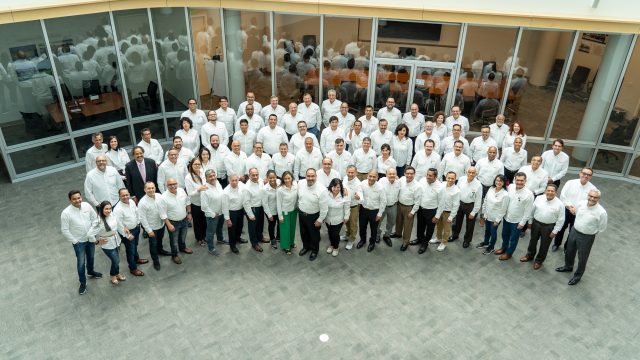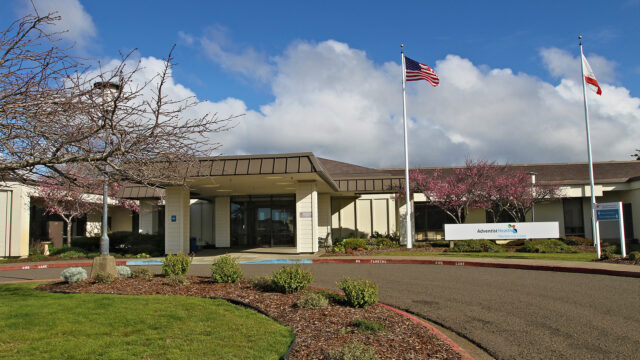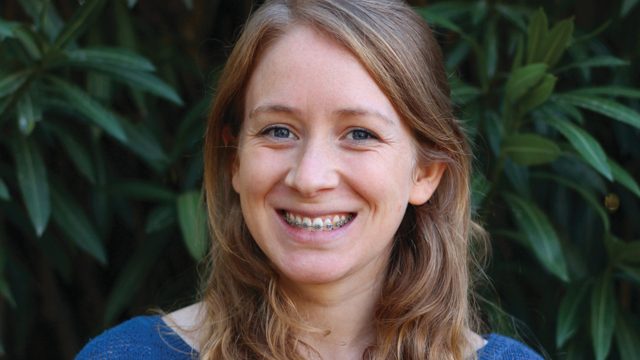They walk hand in hand.

Webster defines philanthropy as “goodwill to fellow members of the human race”; “an act or gift done or made for humanitarian purposes”; and “an organization distributing or supported by funds set aside for humanitarian purposes.”1 Simply stated, philanthropy is love for humanity. But how does philanthropy relate to the Seventh-day Adventist faith and mission?
Philanthropy and Adventist Mission
There are many ways in which a believer can express their love for humanity. Some give their time. Those are the many church volunteers who assist in the Sabbath School divisions, help with the Pathfinder club, serve as elders, deacons, or greeters, etc. Others support the ministry of the church by making financial contributions. All these activities are a part of the mission of the church. In fact, philanthropy has been a part of the Christian mission since the time of the apostles.
The book of Acts reminds us how early Christians gave generously to support those in need. “All the believers were one in heart and mind. No one claimed that any of their possessions was their own, but they shared everything they had. With great power the apostles continued to testify to the resurrection of the Lord Jesus. And God’s grace was so powerfully at work in them all that there were no needy persons among them” (Acts 4:32-34, NIV). Giving became a signature of their identity.
In the United States the practice of giving dates to the early colonial period by the founding of Harvard College and other similar religious institutions. This practice was in the form of voluntary and charitable giving. The early Sabbathkeeping Adventists also gave regularly to those in need. Ellen White saw giving as an act of following the example of Jesus. “We realized that Christ took a personal interest in men and women while He lived on this earth,” she penned. “We are to go about doing good, even as He did.” Moreover, it was such acts of kindness that removed “suspicions” and “prejudice” against believers, and as a result many “accepted the truth.”2
Ellen White herself regularly gave clothes to the needy, helped neighbors, bought food and other items for the destitute. She took in her home students or colporteurs, sometimes for months, until their financial situation improved. On one occasion in 1889, Ellen White challenged a brother to match her gift of US$100 to Nellie L., a needy widow and her three children, as she lived in poverty and needed assistance.3
Putting faith and philanthropy in collaboration could lead to fruitful results. But while religious giving during the past 25 years has made up the bulk of charitable giving in the United States—27 percent overall—for Seventh-day Adventists giving is much more than charity.4 It is not an end in itself. Giving is related to the very mission that God gave His followers to proclaim the “everlasting gospel” to a world that desperately needs Jesus and His saving grace. In fact, the Seventh-day Adventist Church was founded by dedicated individuals who gave of their time, energy, talents, and financial means to make this movement what it is today. And the work is not done.
Adventist Heritage Ministries and Mission
One way we can be inspired and follow in the footsteps of our early pioneers and their enthusiasm and passion for Jesus is to go back and remind ourselves of their stories. One particular organization that not many Adventists are aware of is Adventist Heritage Ministries, which works closely with the Ellen G. White Estate, Inc. It owns and operates four historic sites that have played a significant part in the development of the Seventh-day Adventist Church and our distinctive beliefs.
The Historic Adventist Village in Battle Creek, Michigan, hosts a number of significant buildings related to the beginning of the Seventh-day Adventist movement, including the Dr. J. H. Kellogg Discovery Center and the home of James and Ellen White, the oldest known Seventh-day Adventist landmark in Battle Creek. You can visit the sites throughout the year and learn about the formal organization and early work of Seventh-day Adventists.
The William Miller farm is another landmark, located between Whitehall, New York, and Fairhaven, Vermont. The site includes the Miller house, several farm buildings, and the purported ascension rock. The William Miller chapel is also available for tours. The graves of William and his wife, Lucy, are nearby. Learning about the “Father” of Adventism is an exciting and inspiring opportunity.
Hiram Edson’s home is located in western New York State, between Clifton Springs and Port Gibson. The site has restored Hiram’s barn, where early pioneers met and discussed their beliefs. One can easily say that this is the birthplace of Seventh-day Adventist theology. Hiram is also remembered for redefining the sanctuary doctrine after the Great Disappointment in 1844.
Joseph Bates’ boyhood home was acquired by Adventist Heritage Ministries in 2005. The house was built in 1742 and is the oldest existing home in Fairhaven, Massachusetts. Joseph was a sea captain who accepted the Millerite message and became an Advent preacher. After the Great Disappointment he accepted the seventh-day Sabbath and introduced it to the disappointed believers, including James and Ellen White. Here one can learn the story of his life and work and be introduced to the Sabbath message. The house outside has been completely restored, and work is ongoing at present to create a first-class interactive museum inside.
Between 10,000 and 15,000 people visit these sites each year. In a literal way, they are a powerful tool for sharing the Adventist story, inspiring young and old to have the same commitment to Jesus as the early believers. Through these sites visitors are introduced to Adventism’s founders and their faith journey. Moreover, the sites introduce Jesus and the unique beliefs of Seventh-day Adventists to those who are not acquainted with the church and its theology.
I hope each of us will learn about the work of Adventist Heritage Ministries and become a partner in this vital ministry as we approach the end of time.5
1 “Philanthropy,” Merriam-Webster Dictionary, https://www.merriam-webster.com/dictionary/philanthropy.
2 Ellen G. White, Welfare Ministry (Washington, D.C.: Review and Herald Pub. Assn., 1952), pp. 328, 327.
3 Ibid., p. 326.
4 See Anna Pruitt, “Giving to Religion in Giving USA 2023,” Lake Institute on Faith & Giving, Jan. 9, 2024, retrieved from https://lakeinstitute.org/resource-library/insights/july-issue1-2023/.
5 For more information about Adventist Heritage Ministries, visit www.adventistheritage.org.








